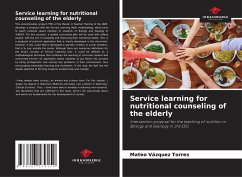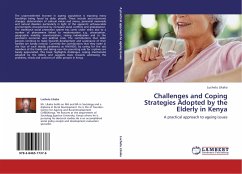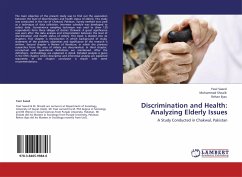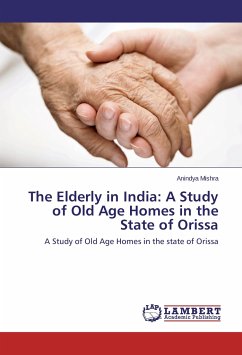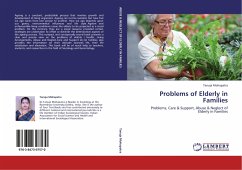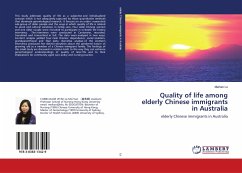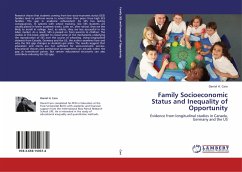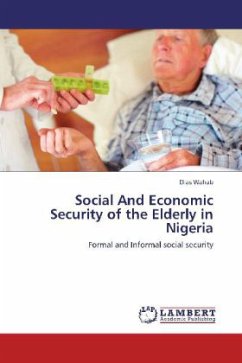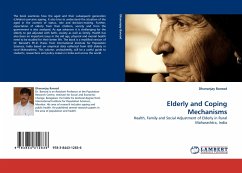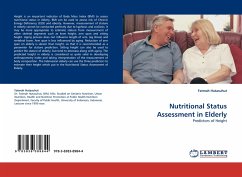
Nutritional Status Assessment in Elderly
Predictors of Height
Versandkostenfrei!
Versandfertig in 6-10 Tagen
32,99 €
inkl. MwSt.

PAYBACK Punkte
16 °P sammeln!
Height is an important indicator of Body Mass Index (BMI) to assess nutritional status in elderly. BMI can be used to assess risk of Chronic Energy Deficiency (CED) and obesity. However, measurement of stature in elderly cannot be conducted perfectly due to kyphosis and scoliosis. It may be more appropriate to estimate stature from measurement of other skeletal segments such as knee height, arm span and sitting height. Aging process does not influence length of arm, leg (knee) and vertebral bone. Arm span is less influenced by aging. Reduction of arm span on elderly is slower than height, so t...
Height is an important indicator of Body Mass Index (BMI) to assess nutritional status in elderly. BMI can be used to assess risk of Chronic Energy Deficiency (CED) and obesity. However, measurement of stature in elderly cannot be conducted perfectly due to kyphosis and scoliosis. It may be more appropriate to estimate stature from measurement of other skeletal segments such as knee height, arm span and sitting height. Aging process does not influence length of arm, leg (knee) and vertebral bone. Arm span is less influenced by aging. Reduction of arm span on elderly is slower than height, so that it is recommended as a parameter for stature prediction. Sitting height can also be used to predict the stature of elderly, but tend to decrease along with aging. The predicted height in elderly is considered as quite valid in developing anthropometry index and taking interpretation of the measurement of body composition. The Indonesian elderly can use the three predictors to estimate their height which put in the Nutritional Status Assessment of Elderly.



